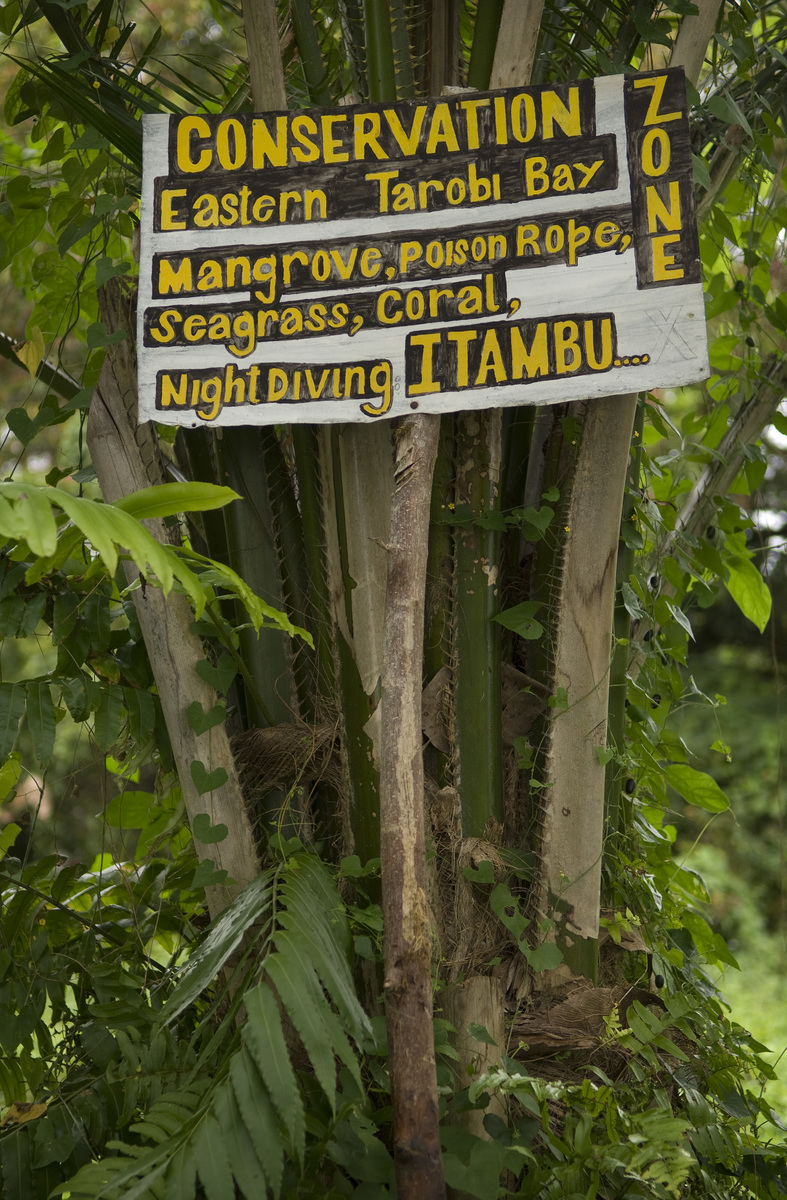
Marine protected areas (MPAs) are often the tool of choice for marine conservation initiatives and they can play a critical role in safeguarding ecosystem services. MPAs come in many different forms—from strict nature reserves, which prohibit all extractive activities from an ecosystem, through to loosely managed marine spaces where certain activities continue with only minor sustainability measures in place.
Different circumstances demand different management approaches. MPAs offer a suite of tools which, when appropriately used, greatly enhance ecosystem service provision. The closure of a mangrove forest, for example, may enhance carbon storage and fish production, but it will halt sustainable timbering harvest efforts.
MPAs overall protect just four percent of the world’s ocean surface and are predominately in coastal waters. Further, over 30 percent of certain key ecosystems, such as mangrove forests and coral reefs, now fall within MPAs. It would appear, at first glance, that we are, at the very least, targeting MPAs in the right places, but Mapping Ocean Wealth wanted to know for certain, so we assessed the correlation between MPAs and those areas most important for ecosystem services for both mangroves and coral reefs.
Our findings show a mixed bag: protected areas appear to match well with the coral reefs most important for tourism, but they disproportionately under-protect the reefs needed for coastal storm defense. While 32 percent of the world’s reefs are in MPAs, just 17 percent of their coastal protection value was similarly covered. For fisheries, MPAs are, likewise, falling short.
Clearly, greater effort is needed to protect ecosystem services and our maps and models show there will be direct benefits of conservation. If ecosystem services can be conserved to the greatest benefit of society, and the results keenly felt, it should further encourage conservation.
Image credit: © Mark Godfrey

